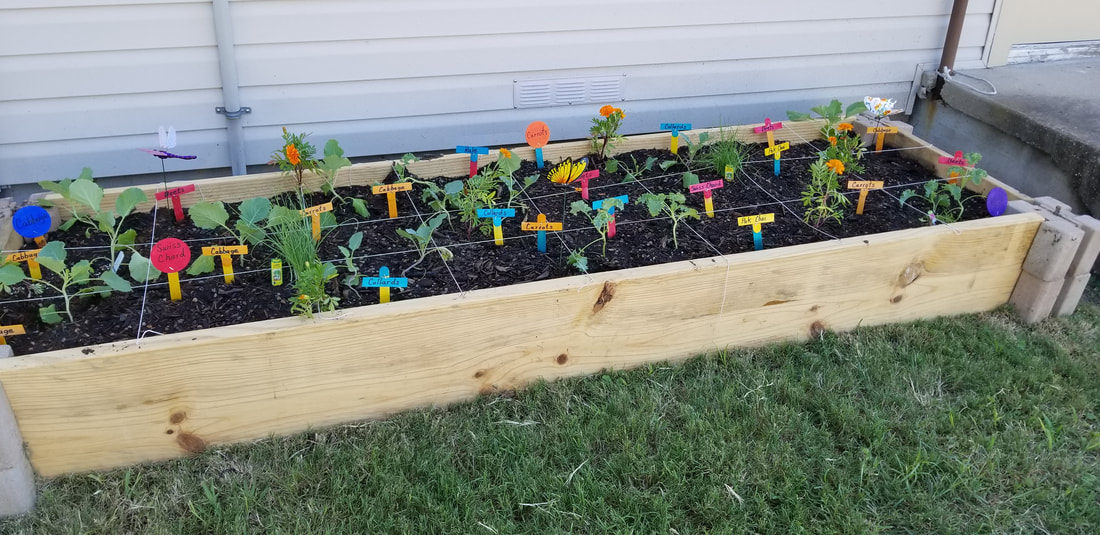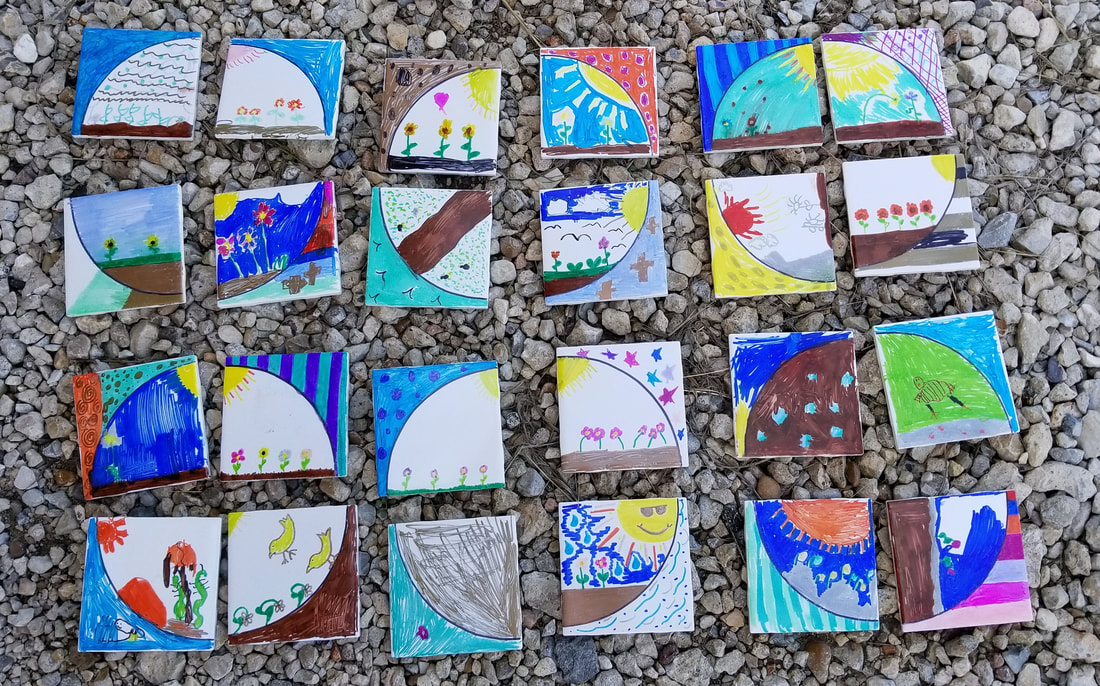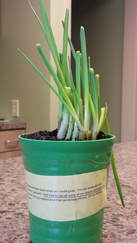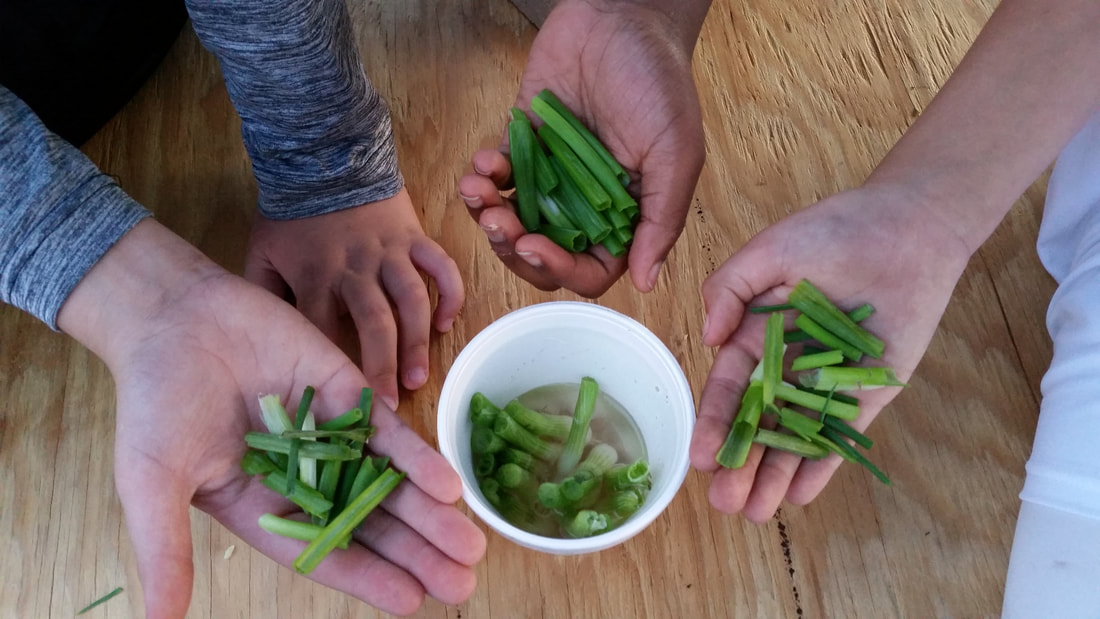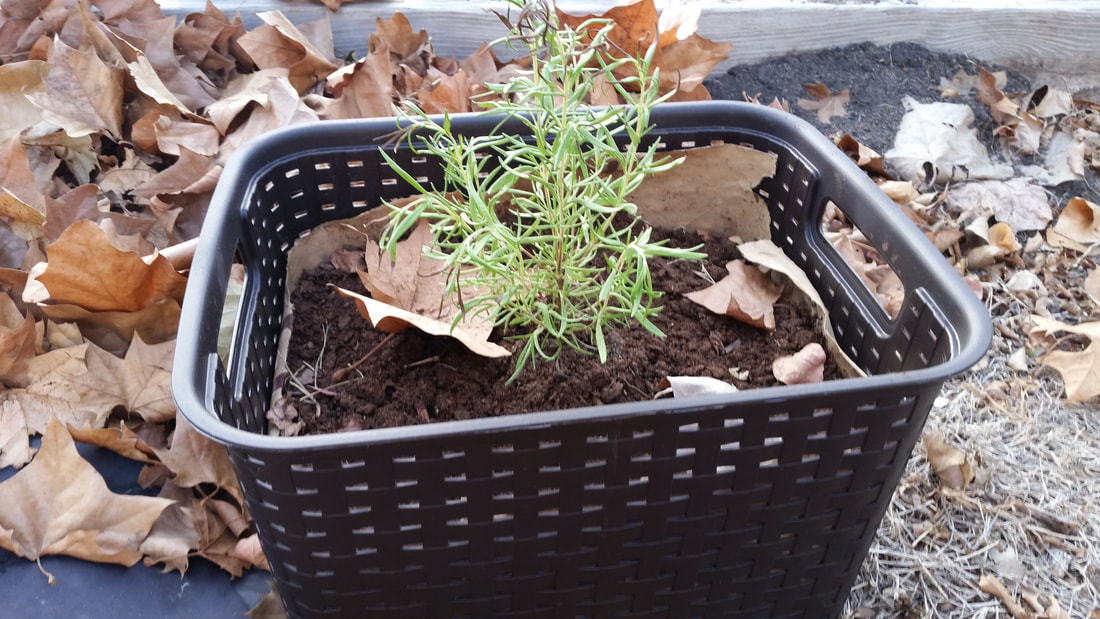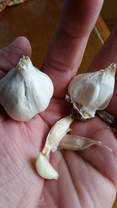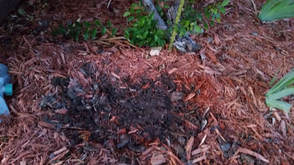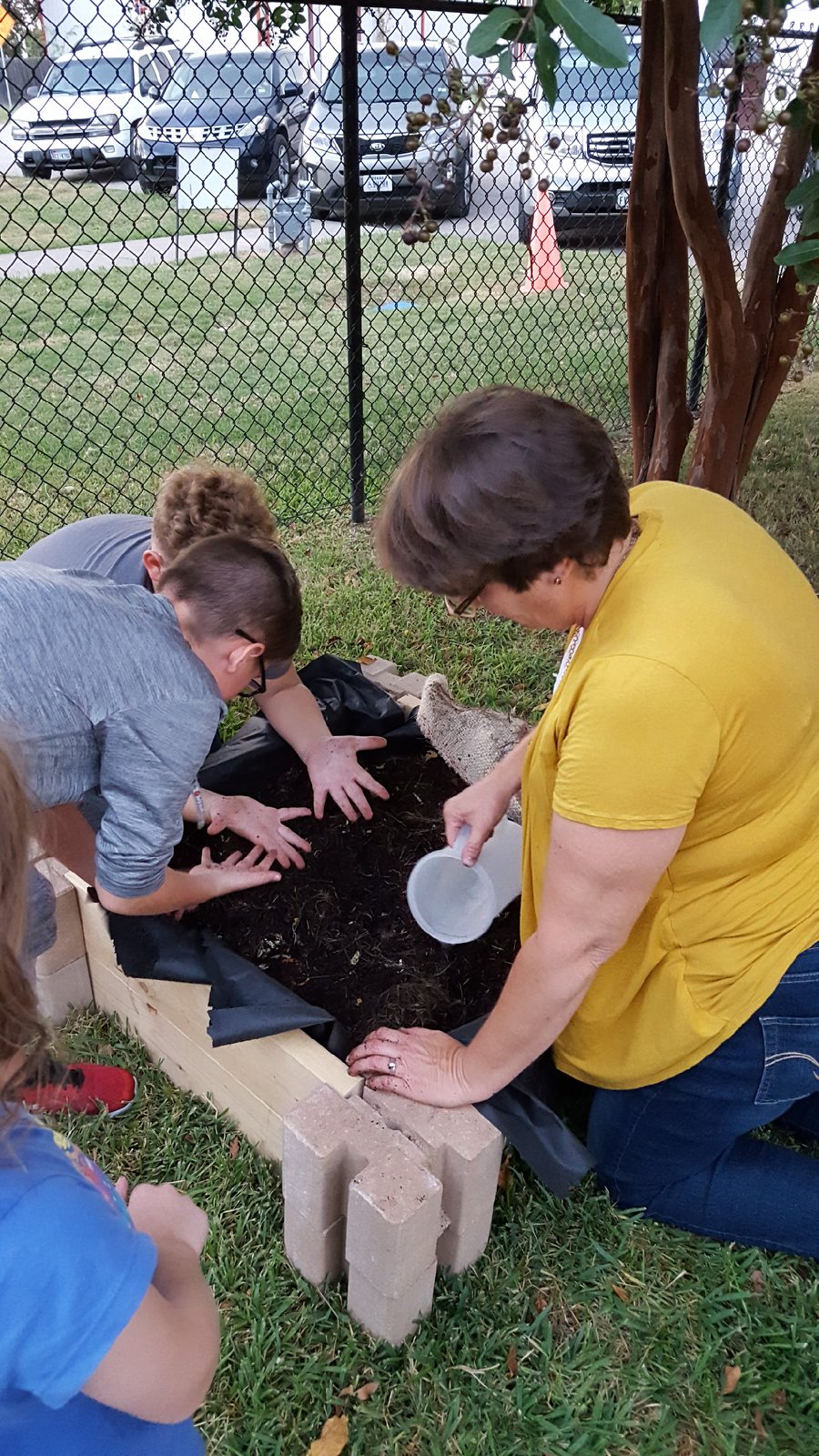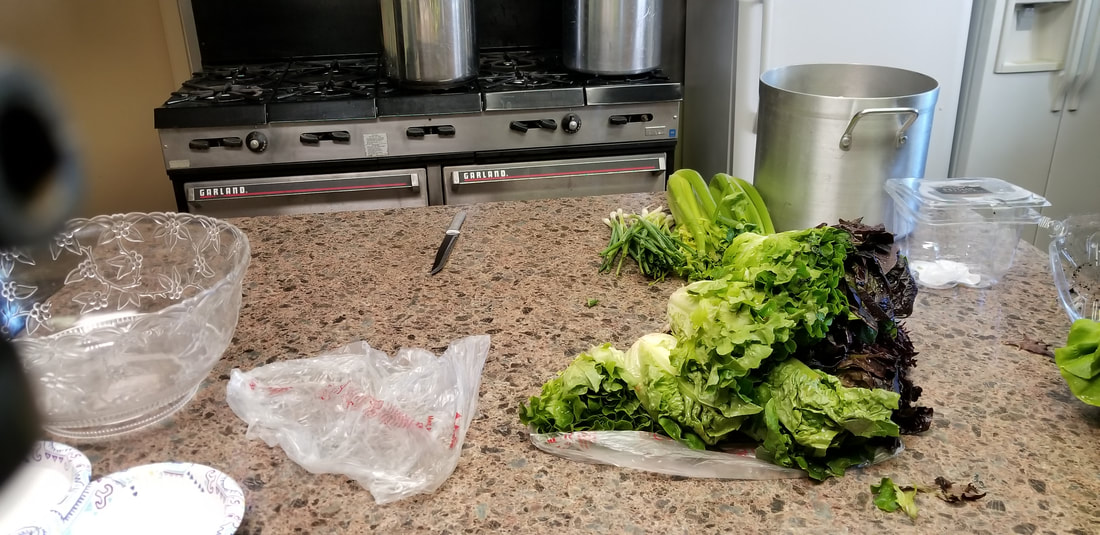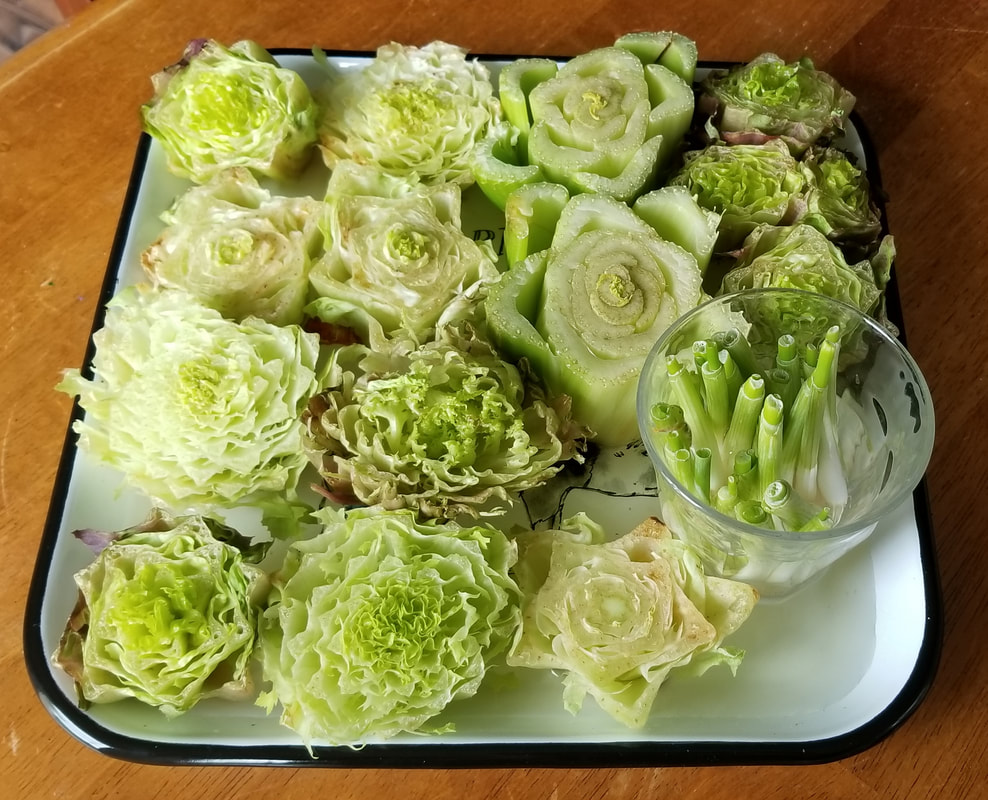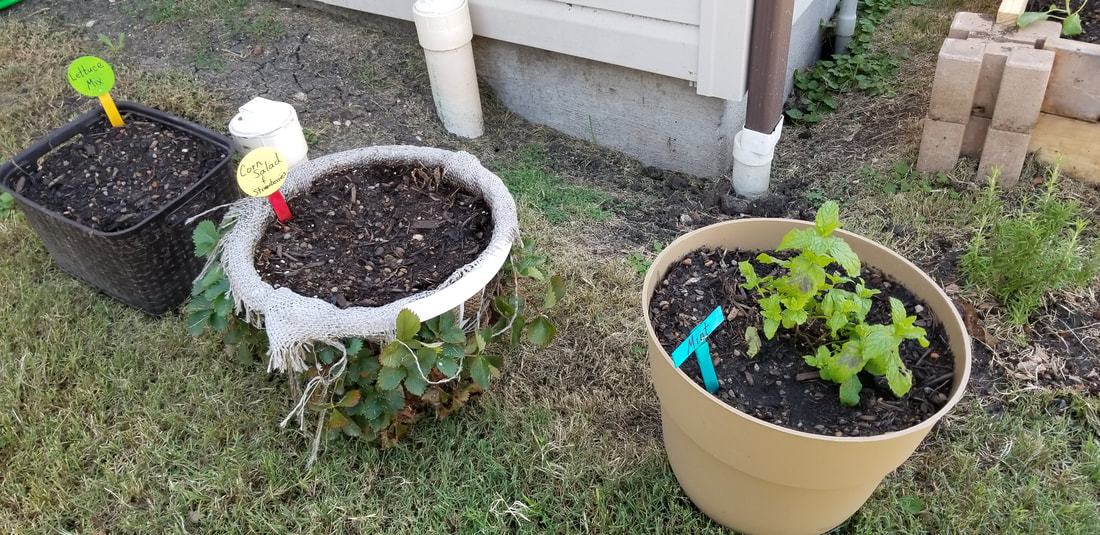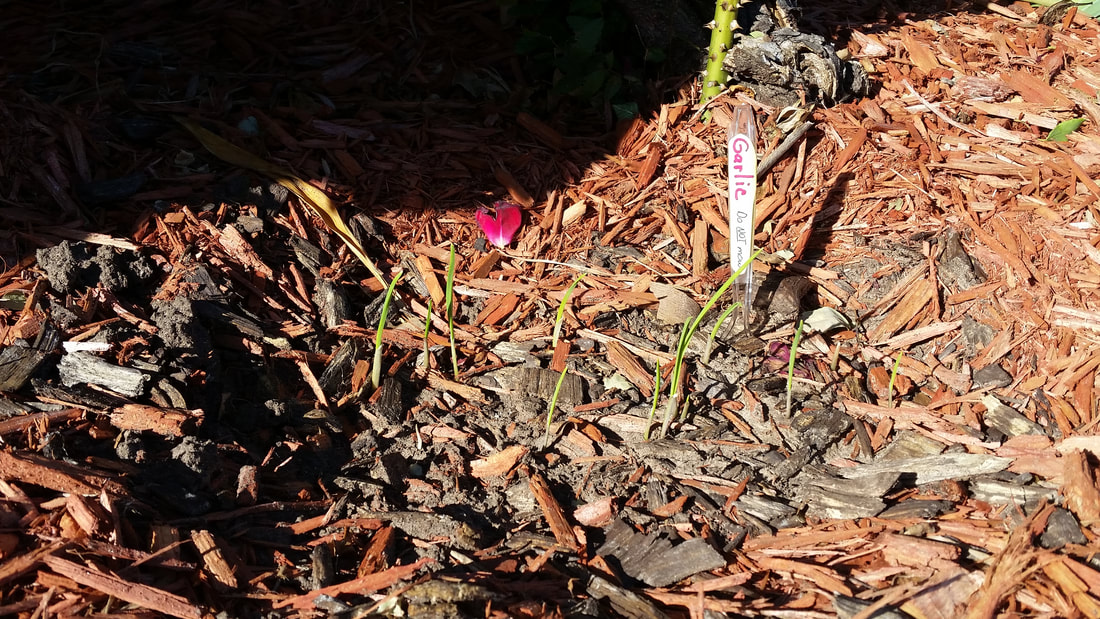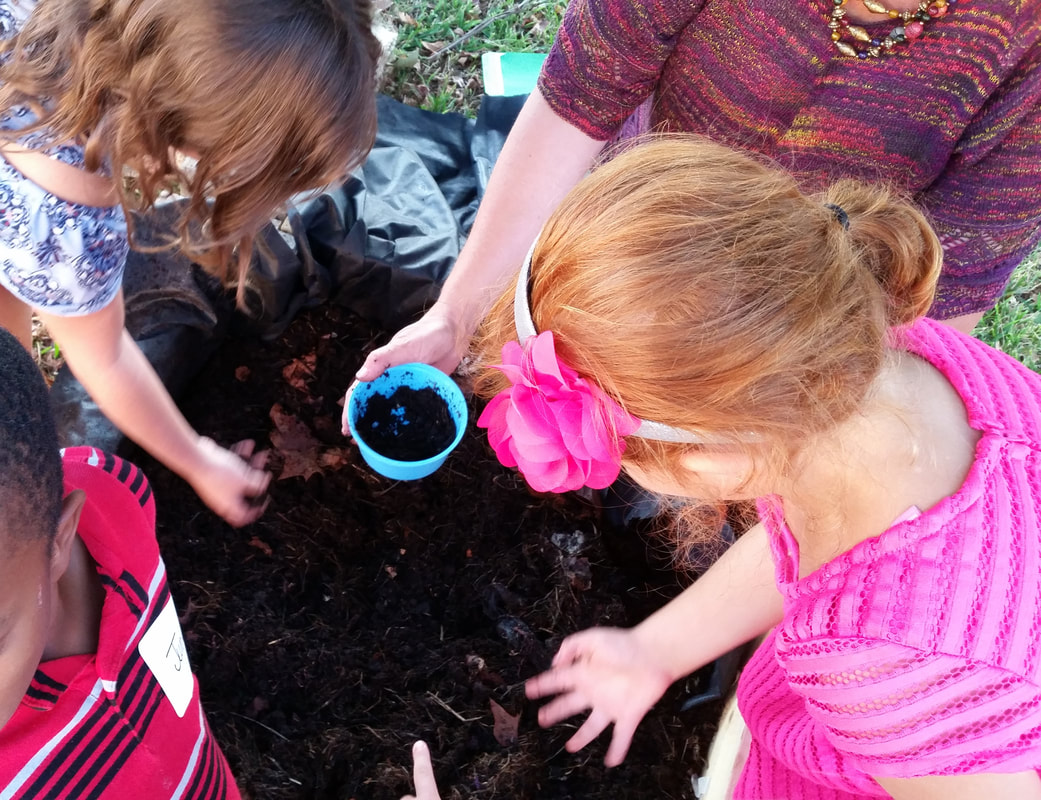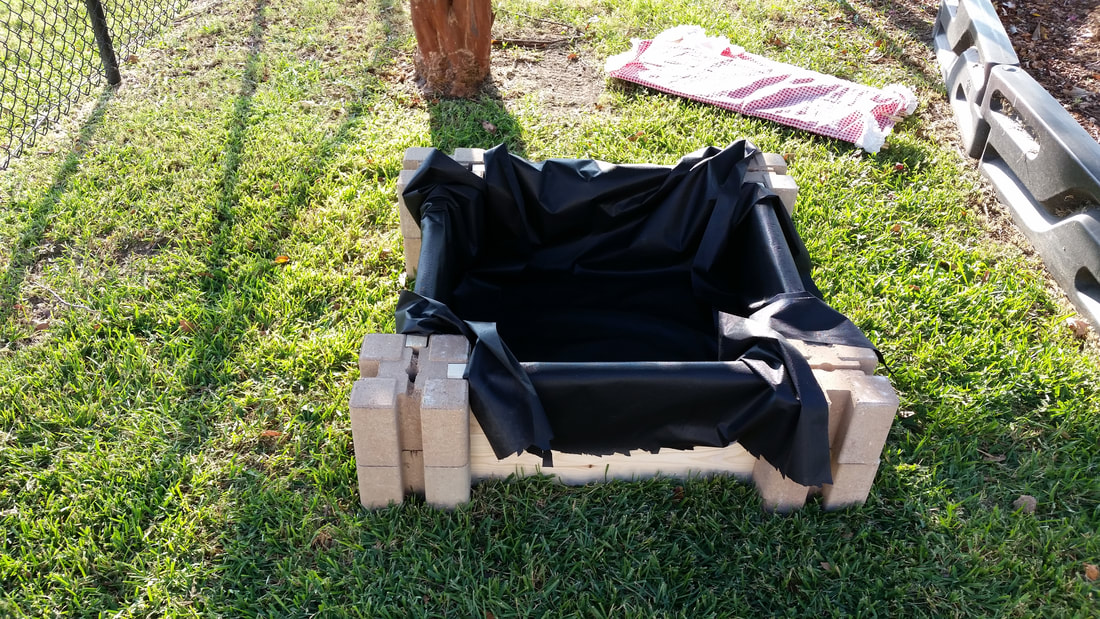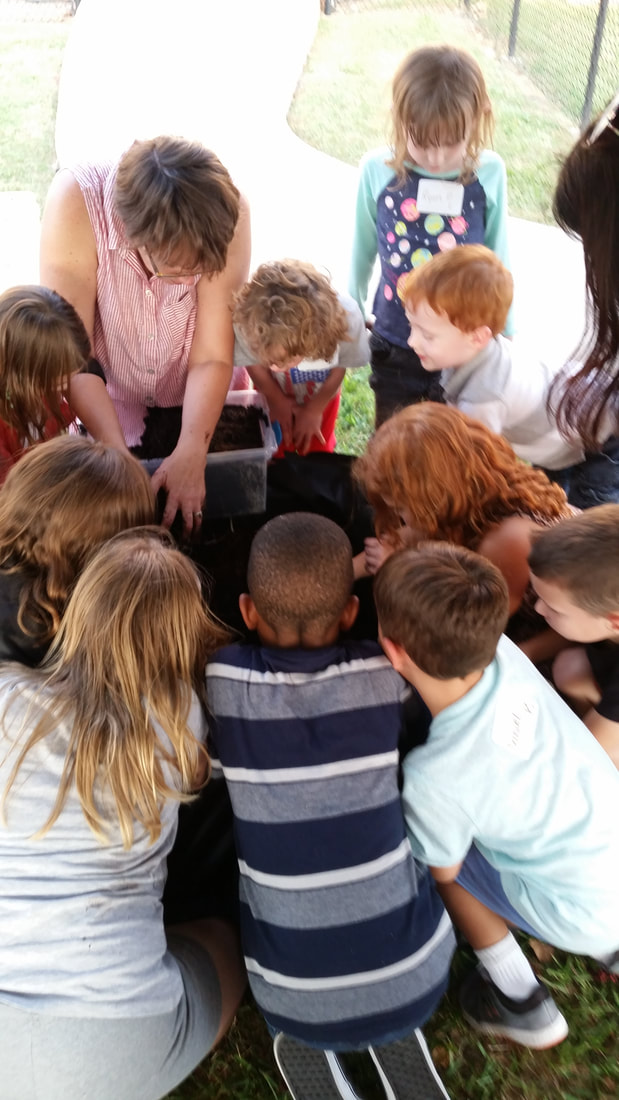|
October 11, 2018
Last might was our first of two October meetings at JAM. Last night I cooked dinner for all the kids, youth and adults. The food scraps from the salad are going to be planted by the kids next week. There were also usable celery and onion scraps from the soup ingredients we will be planting as well. When I met with the kids, we discussed how Jesus wants us not to waste food. (John 6:12) We also talked about Ruth 2:2 where Boaz lets Ruth glean from his field. Gleaning from the fields was legal right during that time, but permission from the land owners was not guaranteed. From there we looked at the Old Testament laws God gave Moses in Leviticus 19:9 about leaving food in the fields for the poor to glean. These discussions were exciting as several asked really good questions and had quick answers to my questions. Next we talked about the differences and similarities of hot composting verses worm composting. We talked about the benefits and down side of each. After this discussion, we went outside where the 1st through 3rd graders setup an indoor worm bin that will be kept in one of the downstairs classrooms. The 4th through 6th graders setup a mini compost bin in a container. We all had fun and learned a few things too! Next week we will be planting our food scraps. If you're ever cooking in the kitchen... please, use some of the onions our J.A.M. kids are growing!
We also had progress with our garlic in just one week October 11, 2017
While caring for the worms, I have noticed the numbers dropping. Not sure the exact reason, but one could be the drastic temperature change they needed to adjust to when added to this new bed. The worms had been transferred from an inside bin to an outside bin on a hot summer day. The sudden temperature change was probably too much for some of them. Though the remaining worms are healthy, the numbers are smaller than what I would like to see. Today my young gardeners all got their hands dirty while adding a full container of additional worms. They had a blast. In addition to the worms, leaves from the church yard were raked and added to the worm bed as well. Last Sunday a couple of the children and I were able to find some rotten fruit scraps to add as feed. The compost materials in the bin are breaking down well. However, it is still too early to harvest vermicompost from this bin. In order to have the vermicompost I needed for planting the Rosemary today, I brought some from my farm. To prepare for planting, we mixed peat moss with water until is was thoroughly moist. Next we added it to the planter |
September 12, 2018
The 2018-2019 JAM program has kicked off for the year. I'm very excited to spend nine full-length class periods with the kids this year! We met twice in September. This was the perfect time to start a fall garden! The kids did an awesome job planting carrots, beets, cabbage, pak choy, kale, swiss chard and collards. Some planted seeds while others planted seedling plants. You will also find marigolds, onion chives and leeks planted in the garden for pest control. These veggies are for us to eat, not the bugs. The youth also had an opportunity to paint tiles that we hope to use as decoration in the garden later this year. The strawberry back remains from last year. We planted corn salad on top of the strawberries. A lettuce mix was planted in another container. The rosemary we planted in a container last year has been transplanted directly in-ground. It's growth has already increased! The water at JAM just might get "spiked" with a touch of fresh mint one day soon. A refreshing surprise for the youth, I hope.
|
September 20, 2017
The work begins...
The youth participating in the Royse City First United Methodist Church J.A.M. program were excited about the worm bins. They learned a few things about worms, how worms benefit the soil, and why we need to raise worms if we are going to grow a garden. Each group was able to add a variety of bedding, food items and of course worms to the bin. Some loved digging in the dirt and holding the crawling creatures. Others, not so much. Can't wait to see the progresses next week as I begin working with the small groups to learn more about the care of worms and the use of vermicompost in growing food. We will also discuss strategies for selecting which types of food and plants to grow in our garden. |
A Little About Young Gardeners
I'm so excited to be starting this program with the youth in the Royse City FUMC J.A.M. program this year! The Young Gardeners program teaches youth about the basics of gardening, starting with the soil. These are skills one will be able to use for a lifetime. The worm bin we are starting will produce very fertile soil to be used in the gardens we will be planting in the near future. Hopefully these gardens will not only produce food for J.A.M. meals, but also a little excess to share with the church food pantry. Remember...
Worms => Great Vermicompost => Healthy Plants=>Healthy People
Worms => Great Vermicompost => Healthy Plants=>Healthy People
